WALPOLEANA Rose, 1905 (engl./ fr.)
Synonym : Echeveria tamaulipana Martinez-Ávalos et al. (2009)
Series Angulatae
Type : Palmer s.n., collected near Las Canoas, San Luis Potosí, November 1902. Rose 506. US 399856.
Etymology : Named for the botanical artist Frederick A. Walpole.
Distribution Mexico (Hidalgo, Nuevo León, Puebla, San Luis Potosí, Tamaulipas).
First Description by Rose in Contributions from the United States National Herbarium 8: 295. 1905 :
Acaulescent or becoming in age shortly caulescent.
Leaves forming a dense rosette, at first pale green with reddish margins but becoming deeply tinged with red throughout, thickish, rounded on the back, boat-shaped above, sharply acute, 6 to 8 cm long, 2 to 2.5 cm broad, glabrous.
Inflorescences : Flowering stems 30 – 40 cm long, its leaves thickish, acute, inflorescence two-branched, each branch a secund raceme of 8 to 10 flowers, pedicels very short.
Flowers : Sepals spreading, ovate, acute, green, corolla about 14 mm long, deeply orange-coloured, the lobes erect, very thick, triangular in cross section, acute, stamens about half the length of the corolla lobes and attached near the top of the corolla tube, carpels erect.
Cytology : n = 13
Distributed by ISI n° 268 (1959) and ISI n° 91-43 (1991).
Note :
1. Instead of consulting the original description by Rose, Kimnach based his summary in the Illustrated Handbook of Succulent Plants, 2003, on Walther’s description of E. walpoleana made from a plant of unknown origin, clearly resembling E. schaffneri (Echeveria, p. 252,1972) – ignoring the annihilating criticism published by Charles Uhl in Haseltonia 6, 1998 :
“Echeveria walpoleana did not fare well in Walther’s (1972) monograph. He apparently misidentified some collections of this species, including a probable topotype, as E. schaffneri (n = 12), and this led to confusion in his characterization and in his keys." For more details see p. 208-210 in Revision of Walther's monograph Echeveria, 1972.
2. The plant from the vicinity of Ciudad Victoria, Tamaulipas, described as E. tamaulipana, is by no means a "species new to science" as the authors claim - it has been distributed by ISI already in 1991 as E. walpoleana. That means E. tamaulipana is a superfluous renaming of E. walpoleana, the name is to be listed in the synonymy of the latter.
3. While the First Descriptions of E. walpoleana and E. schaffneri indicate 2-branched inflorescences, both species can produce inflorescences with up to 4 branches.
Link to the French translation.
In habitat :
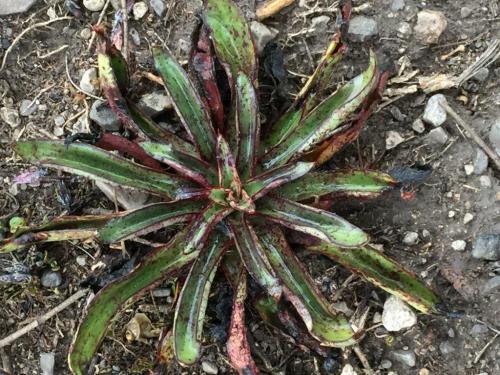
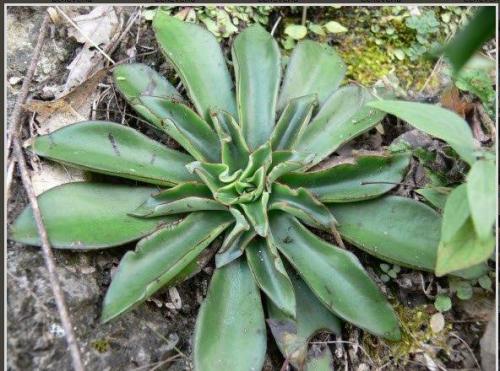
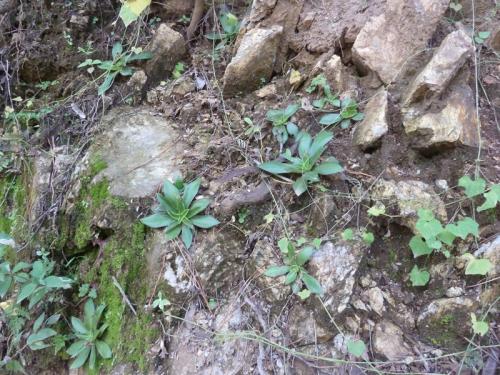
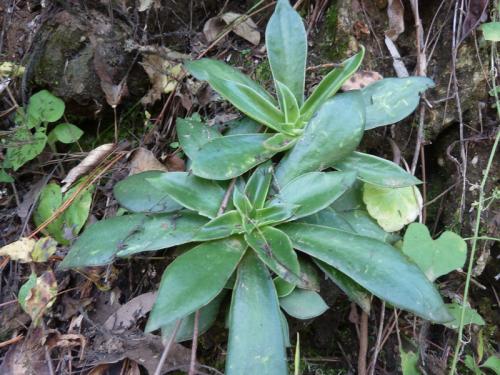
In cultivation :
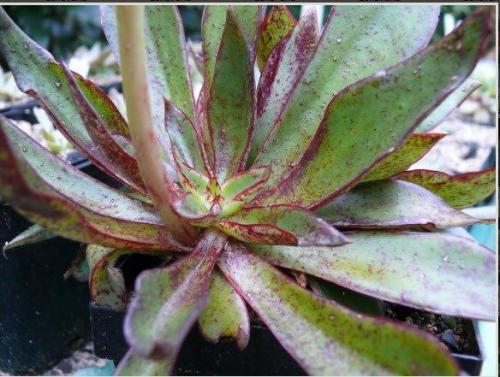
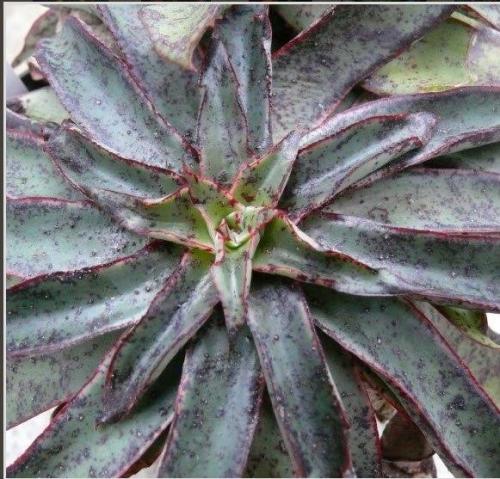
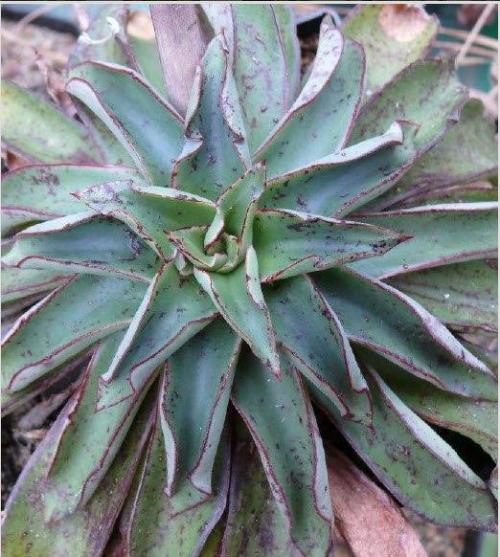
Photos Gerhard Köhres
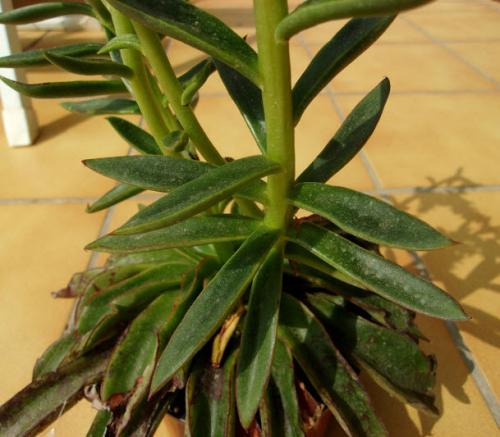
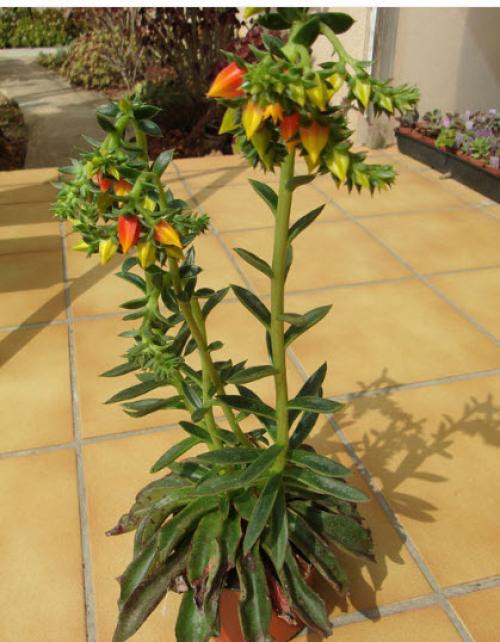
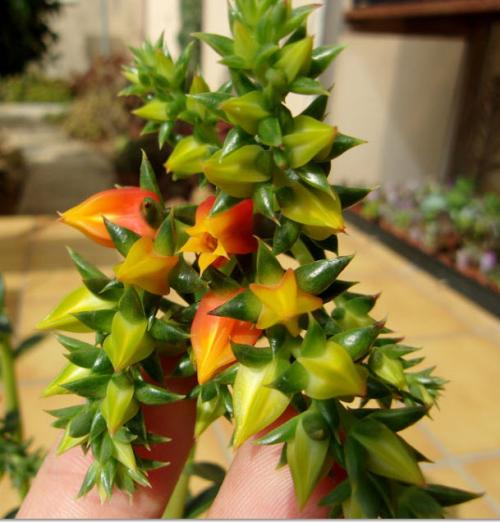
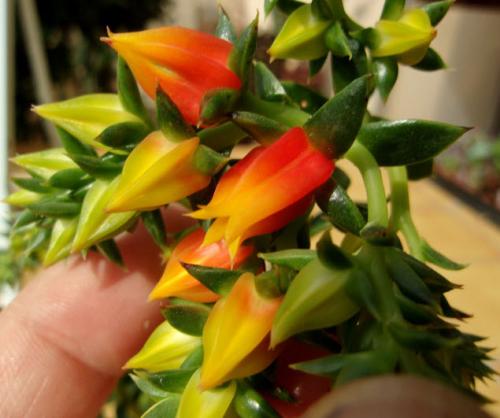
Photos Christophe Camassel